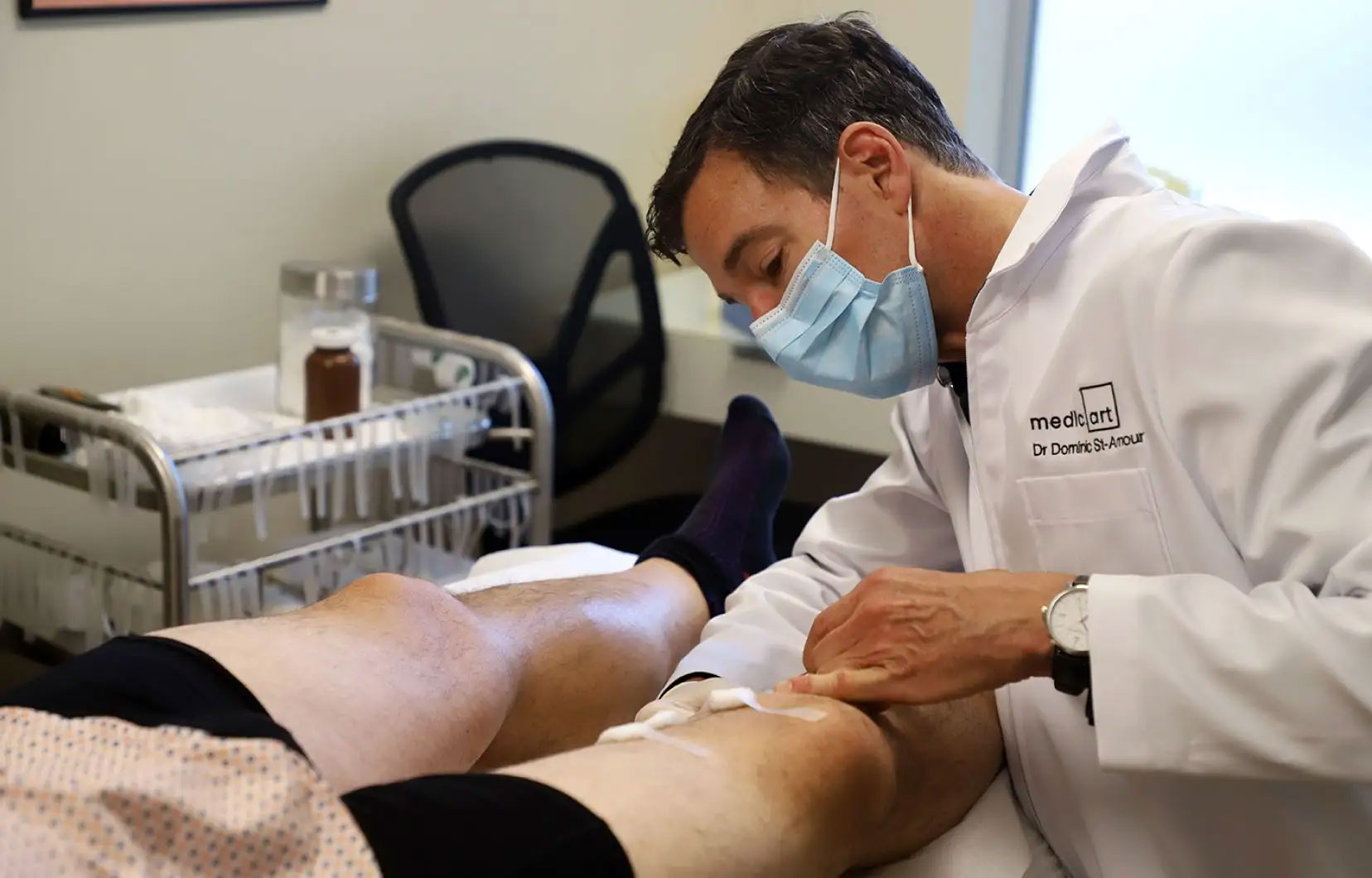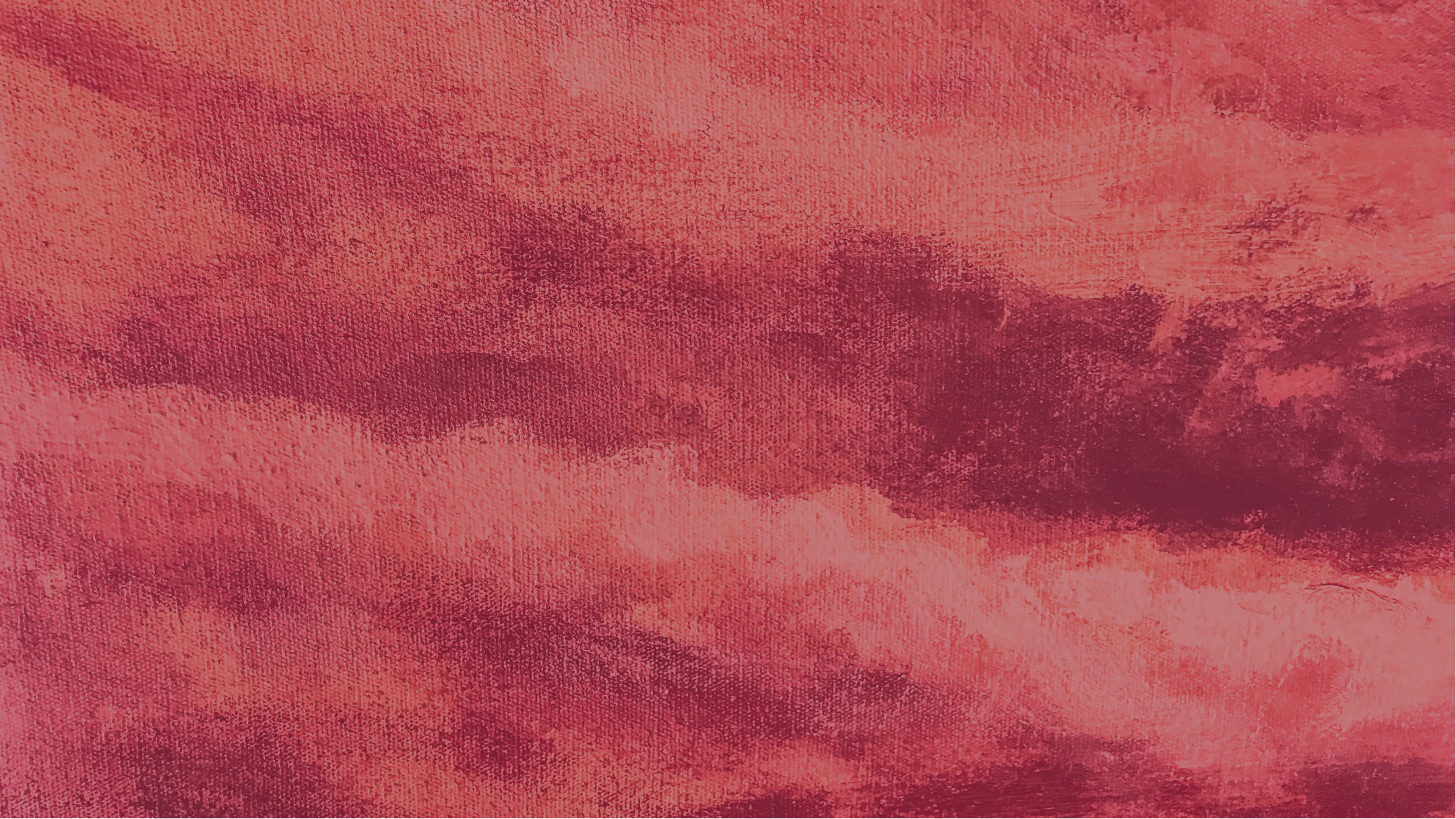1- Why do some people have varicose veins while others do not?
The most determining factor is heredity. In both women and men, the risk exceeds 50% if one parent suffers from a severe form of the disease, and it surpasses 80% if both are affected. Age plays a role as well, primarily because the condition progresses over time. Varicose veins can begin in one’s twenties, but since venous deterioration increases gradually over the years, many people only seek consultation around their forties. Another exacerbating factor is pregnancy, due to the combination of weight gain, hormonal changes, and, from a mechanical standpoint, a potential decrease in venous return. Nevertheless, the incidence of varicose veins among women who haven’t experienced pregnancy is the same as in men.
2- How do varicose veins manifest themselves?
Using an analogy, our blood circulation system resembles a water ecosystem. If a watercourse is blocked for any reason, water will overflow elsewhere. It’s beneficial in a way, but it can lead to consequences. Veins are considered varicose when they are dilated, impeding the smooth circulation of blood. The spectrum of this condition, quite extensive, ranges from telangiectasias—small spider-like veins—to the prominent “cords” formed by saphenous veins, larger vessels visible on the skin’s surface. While smaller varicosities are generally less concerning, it’s crucial to note that there isn’t a perfectly linear correlation between the size of varicose veins and the severity of symptoms. In other words, very noticeable varicose veins might not cause heaviness or pain, while seemingly insignificant varicosities could be linked to more serious issues.
3 – When should one seek consultation?
As soon as vessels become visible or symptoms such as heavy legs, cramps, swelling, and itching occur. Skin changes like dermatitis or even ulcers are signs that should be closely monitored as they could indicate a serious problem. Additionally, it’s highly recommended to have regular follow-ups from year to year because even if certain veins are treated, other varicose veins may appear, given that it’s a chronic condition.
4 – What treatments are available?
Varicose veins can be treated in three ways based on their size, progression, and nature. The good news: 90% to 95% of cases that once required surgery can now be treated non-invasively.
Conventional sclerotherapy is the most commonly used approach, especially for spider veins. It involves injecting an irritating medication directly into the vein, causing injury and eventually scarring. As the blood can no longer circulate, the vein will disappear. Typically administered by a nurse under a doctor’s supervision, this treatment may require multiple sessions. Patients can resume their normal activities immediately.
Echo-sclerotherapy can, in certain cases, replace surgery to treat saphenous veins. Injections, performed without anesthesia, are guided by ultrasound and administered by the physician. In the majority of cases, this procedure, which boasts a 95% success rate, requires no recovery time.
Endovenous radiofrequency ablation (Venefit procedure) is reserved for more severe cases. Less invasive than surgery, it’s done under local anesthesia. The procedure involves inserting a catheter into the vein from the knee to the groin and then using radiofrequency to remove it. Treatment duration is approximately one hour, and patients can quickly return to their normal activities. Clinical studies show that this treatment leads to quicker recovery and fewer side effects—such as pain or bruising—than surgery. Additionally, recurrences are less frequent, with a satisfaction rate of 93% after three years.
5 – How is patient care conducted at the clinic?
We first conduct an evaluation, with or without ultrasound, before proposing a treatment plan. It’s often possible to receive treatment during the initial visit, especially if it involves conventional sclerotherapy.
6 – Are treatments covered by RAMQ or private insurance?
They aren’t covered by RAMQ 1984, although individuals in need of vascular surgery may undergo intervention at a hospital; however, the wait can be lengthy. Generally, private insurances, whose coverage may vary, reimburse a significant portion of the initial ultrasound and a small part of the medication used in injections. Compression stockings, recommended for preventive use, especially during flights, may also be eligible for reimbursement.
7 – Lastly, how can varicose veins be prevented?
Adopting healthy lifestyle habits such as exercising and controlling weight can have a positive impact. Physical activity—though not necessarily rigorous training—is particularly important. The decrease in movement during the pandemic, spending entire days in front of computers, led to many vein-related symptoms. Actions like getting a coffee, taking the stairs, walking—these movements trigger muscle contractions in the legs, generating a pumping effect to stimulate blood circulation.

